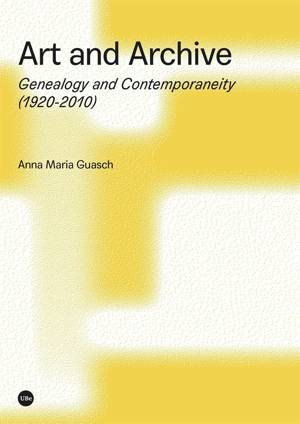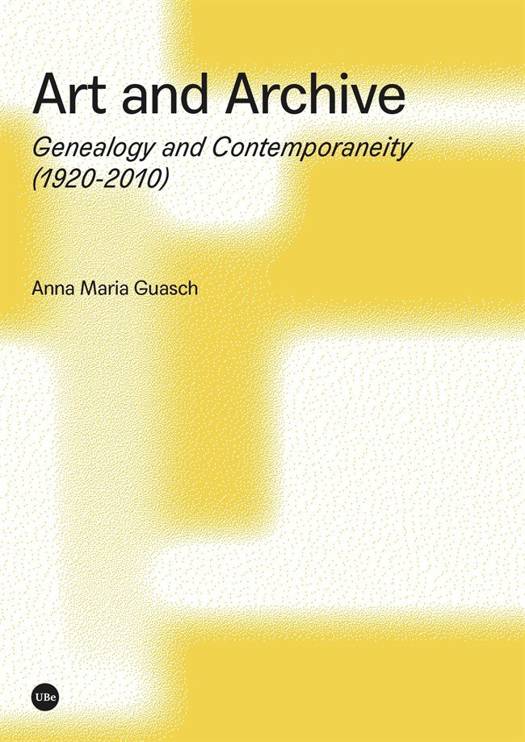
- Afhalen na 1 uur in een winkel met voorraad
- Gratis thuislevering in België vanaf € 30
- Ruim aanbod met 7 miljoen producten
- Afhalen na 1 uur in een winkel met voorraad
- Gratis thuislevering in België vanaf € 30
- Ruim aanbod met 7 miljoen producten
Zoeken
Omschrijving
This book provides a comprehensive exploration of the relationship between art and the archive. The author examines how artists have engaged with archival materials, practices and methodologies throughout history, from the avant-garde movements of the early 20th century to contemporary artistic practices. She explores the ways in which artists have appropriated, transformed and recontextualized archival documents and narratives to create new meanings and perspectives on history, memory, and identity. Guasch also discusses the role of the archive in shaping artistic production, reception and historiography, highlighting its significance as a site of cultural memory and knowledge production. Through a series of case studies and theoretical reflections, the book offers insights into the diverse ways in which artists have navigated the archive as a source of inspiration, critique and intervention in the artistic process. Art and Archive represents an archaeological and genealogical history of the relationships, sometimes linear, sometimes discontinuous, between art and the archive. The archive ceases to be a dusty space or a repository of historical artifacts, to become an active discursive and relational system that establishes ? aesthetically, socially and politically ? new relationships of temporality between past, present, and future, in what is understood as the time of the ?future perfect?.
Specificaties
Betrokkenen
- Auteur(s):
- Uitgeverij:
Inhoud
- Aantal bladzijden:
- 178
- Taal:
- Engels
Eigenschappen
- Productcode (EAN):
- 9788410500716
- Verschijningsdatum:
- 17/01/2025
- Uitvoering:
- Paperback
- Afmetingen:
- 170 mm x 240 mm

Alleen bij Standaard Boekhandel
+ 52 punten op je klantenkaart van Standaard Boekhandel
Beoordelingen
We publiceren alleen reviews die voldoen aan de voorwaarden voor reviews. Bekijk onze voorwaarden voor reviews.








